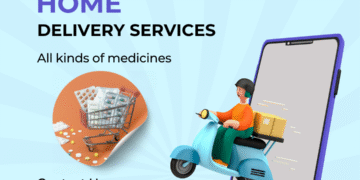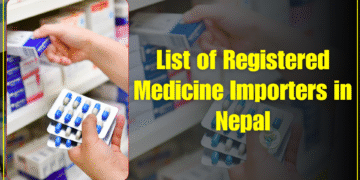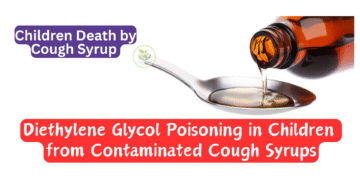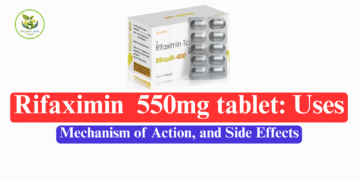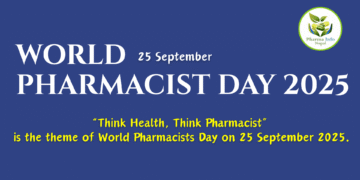WHO Updates List of Essential Medicines to Include Key Cancer and Diabetes Treatments
The World Health Organization (WHO) has released updated editions of its Model Lists of Essential Medicines (EML) and Essential Medicines for Children (EMLc), introducing new treatments for various cancers and for diabetes, particularly in patients with comorbidities like obesity. Medicines for cystic fibrosis, psoriasis, hemophilia, and blood disorders are also included in the updated lists.
The WHO EML and EMLc serve populations’ priority health needs and are adopted in over 150 countries. They guide public sector procurement, medicine supply, health insurance coverage, and reimbursement schemes. This revision marks the 24th edition of the EML and the 10th edition of the EMLc.
“The new editions of essential medicines lists mark a significant step toward expanding access to new medicines with proven clinical benefits and with high potential for global public health impact,” said Dr. Yukiko Nakatani, Assistant Director-General for Health Systems, Access and Data.
Background of the WHO Model Lists
Launched in 1977 to improve access to medicines in developing countries, the WHO Model Lists have become a trusted global policy tool for decisions related to medicine selection and universal health coverage.
In this update, the WHO Expert Committee on the Selection and Use of Essential Medicines reviewed 59 applications, including 31 proposals for new medicines or medicine classes. Consequently:
- 20 new medicines were added to the adult EML
- 15 new medicines were added to the EMLc
- 7 existing medicines received new usage indications
The updated lists now include 523 essential medicines for adults and 374 for children, reflecting the most urgent global public health needs.
Cancer Medicines
Cancer remains the second leading cause of death worldwide, claiming nearly 10 million lives each year and responsible for almost one-third of premature deaths from noncommunicable diseases. Cancer treatment has been a key focus of the WHO EML for the past decade.
Because only therapies that provide proven clinical benefit are included, the Expert Committee is selective. Cancer medicines are included only if they prolong life by at least 4-6 months.
The Committee evaluated seven applications covering 25 cancer medicines. Notable updates include:
- Expanded access to PD-1/PD-L1 immune checkpoint inhibitors, which help the immune system target cancer cells.
- Pembrolizumab added as a first-line treatment for metastatic cervical cancer, metastatic colorectal cancer, and metastatic non-small cell lung cancer.
- Atezolizumab and cemiplimab included as therapeutic alternatives for non-small cell lung cancer.
The Committee also recommended strategies to improve affordability and access, including dose optimization and evidence-based clinical guidelines that can be implemented quickly in resource-limited settings.
Medicines for Diabetes and Obesity
Diabetes and obesity are pressing global health challenges. In 2022, over 800 million people had diabetes, with half untreated, and over 1 billion people were affected by obesity, particularly in low- and middle-income countries.
The WHO Expert Committee recommended GLP-1 receptor agonists and GLP-1/GIP dual receptor agonists for adults with type 2 diabetes and associated cardiovascular or kidney disease, especially in patients with obesity (BMI ≥ 30 kg/m²).
Newly added medicines:
- Semaglutide, Dulaglutide, Liraglutide (GLP-1 receptor agonists)
- Tirzepatide (GLP-1/GIP dual receptor agonist)
These drugs improve blood sugar control, reduce heart and kidney complications, support weight loss, and may lower the risk of premature death.
However, high costs limit access. WHO recommends:
- Prioritizing patients who benefit most
- Encouraging generic competition to reduce prices
- Ensuring availability in primary care, especially in underserved areas
“A large share of out-of-pocket spending on noncommunicable diseases goes toward medicines, including those classified as essential and that, in principle, should be financially accessible to everyone,” said Deusdedit Mubangizi, WHO Director of Policy and Standards for Medicines and Health Products.
Key Takeaways
- WHO EML and EMLc updates expand access to life-saving medicines for cancer, diabetes, obesity, and other major health conditions.
- The 24th edition of EML and 10th edition of EMLc now include 523 medicines for adults and 374 for children.
- Access and affordability remain critical, requiring coordinated health system reforms, policy measures, and generic competition.
- Evidence-based clinical strategies can deliver rapid benefits, even in resource-limited settings.
WHO Updates List of Essential Medicines to Include Key Cancer and Diabetes Treatments
- Code of Conduct of Pharmacy Profession given by Nepal Pharmacy Council in Nepal
- WHO Model List of Essential Medicines 22nd List (2021)





